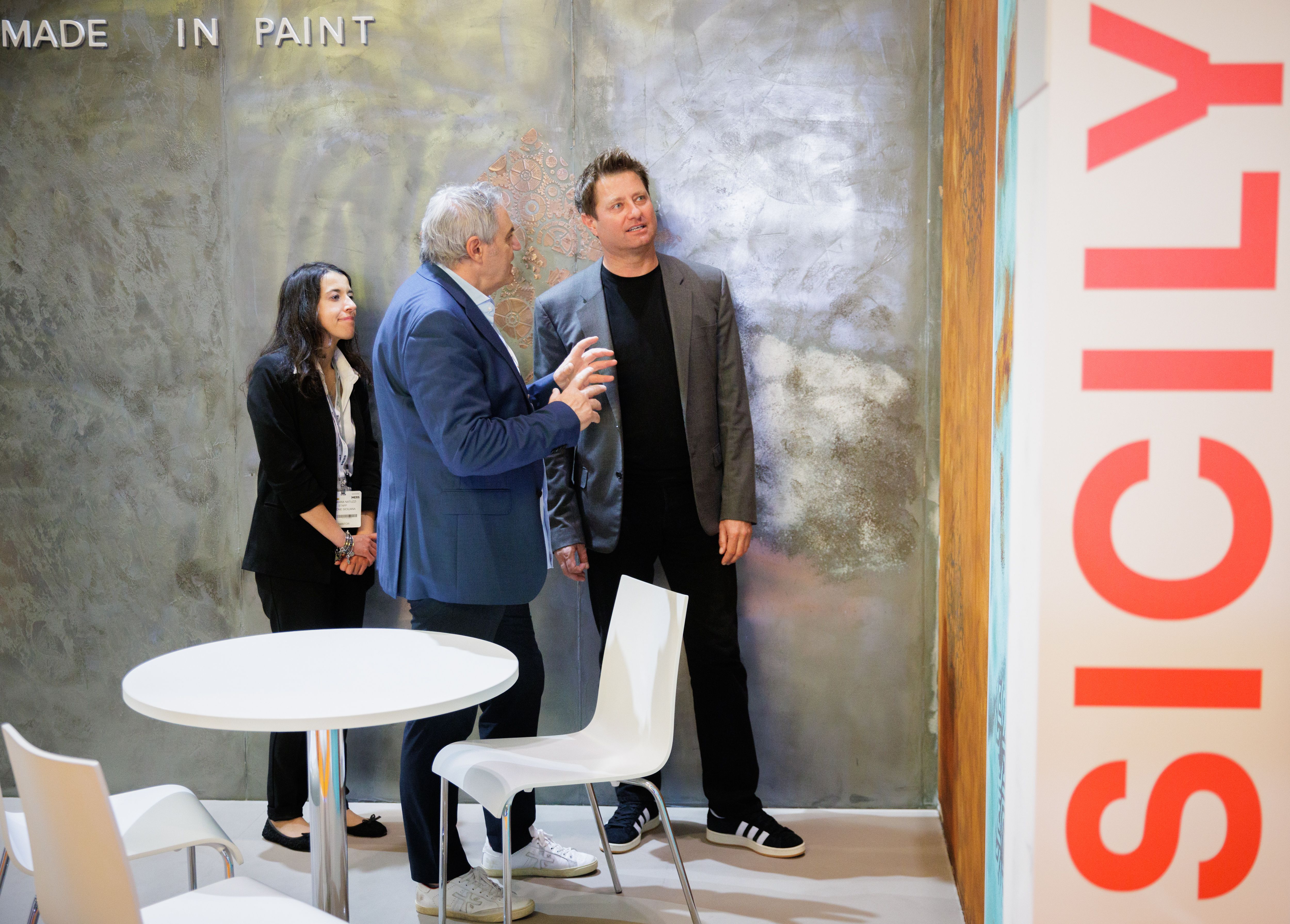Cultural Influences: How Global Styles Shape Modern Interior Design
In today's ever-evolving landscape of interior design, cultural influences play a crucial role in shaping modern styles and practicality. While we draw inspiration from varied global designs, the way we approach home decoration, architecture, and renovation has transformed substantially. Whether embracing the minimalist design from Japan, the industrial charm of urban lofts, or the rustic elements of rural retreats, our living spaces are a mirror of this broad cultural tapestry.
As we explore the top interior design trends to watch in the coming year, it becomes evident how linked our environments have transformed. From color psychology that conveys emotions to the art of mixing textures, each choice we make in our interiors speaks volumes about our identities and lifestyles. Incorporating both contemporary and traditional methods, we can create cohesive looks throughout different rooms, enhance our spaces with innovative interior design ideas, and dive into sustainable and smart design methods to ensure our homes are both chic and eco-friendly. While we embark on this journey, let us explore the exciting synergy between culture, design, and construction, illuminating how they influence our modern living experiences.
Leading Trends and Methods in Interior Decoration
As we move into the new year, several interior design trends are gaining prominence, mirroring international influences and cultural influences. One of the prominent trends is the incorporation of minimalist design elements, characterized by sharp edges and clear areas. This approach not only promotes a sense of tranquility but also highlights the significance of utility in everyday living. Coastal Haven Design + Build are looking for minimalism without losing elegance, making this approach a popular choice for designing flexible and attractive interiors.

Another emerging technique increasingly favored is the art of combining textures. Mixing various materials such as lumber, metal, and textiles can create dimension and variety within a space. This trend encourages daring creativity, allowing homeowners to display their individual preferences while guaranteeing that each element fits together with others. By combining textiles and incorporating varied finishes, individuals can achieve a rich visual landscape that improves the overall look of their homes.
The study of color is also playing a significant role in contemporary interior design this year. Homeowners are becoming more conscious of how hues influence mood and atmosphere. Warm shades are being embraced for their power to create inviting and cozy environments, while chill tones are used to foster peace and clarity. Designers are recommending carefully curated color palettes that not only showcase personal taste but also elicit the intended mood within each room, coordinating the area with the homeowner's lifestyle and emotional needs.
Sustainable and Intelligent Home Choices
In today's world, the interest for sustainable and high-tech homes is at an all-time high. Eco-friendly materials such as bamboo flooring, glass counters, and non-toxic paints are gaining popularity staples in today's interior design. These materials not only do they reduce environmental impact but also contribute to better indoor air quality. Homeowners are increasingly conscious of their choices and strive to incorporate elements that echo their values of eco-friendliness while preserving aesthetic appeal.
Smart technology is also transforming how we design and live in our homes. From smart lighting systems to smart thermostats, integrating technology allows for greater efficiency and convenience. Homeowners can control various aspects of their environment with just a tap on their smartphone or tablet, boosting comfort while lowering energy bills. As the integration of intelligent devices evolves more harmonious, the design of spaces will continue to develop, combining utility with cutting-edge technology.
Furthermore, eco-friendly construction practices are essential in the shift to eco-friendlier homes. Builders and designers are now dedicated to employing energy-efficient construction techniques that lessen waste and diminish carbon footprints. This entails using green building materials, adding proper insulation, and creating spaces that increase natural light. As these practices become mainstream, they not only help in creating a better living environment but also contribute long-term value to properties, making sustainability a wise investment for homeowners.
Visionary Initiative Highlights and Reflections
In our latest endeavors, we have witnessed how intentional design choices can completely transform a space. One significant example is a compact city unit that was enhanced using minimalist design principles, enhancing the utility while ensuring a clean and calm aesthetic. By selecting versatile furniture and integrating intelligent systems, the environment not only feels more spacious but also serves the contemporary lifestyle of its residents. This blend of functionality and aesthetics illustrates how contemporary interior design can elevate regular living.
Another showcase involves a lavish bathroom remodel where reclaimed materials played a critical role. The integration of green, environmentally conscious materials not only infused character but also focused on energy conservation, lessening the ecological footprint. The application of authentic wood, stone accents, and vintage fixtures created a warm atmosphere while boosting the property's worth. This undertaking showcased the potential for modern design to honor nature while offering stunning design outcomes.
Finally, we addressed a comprehensive home overhaul that set out to blend different interior designs. By blending industrial elements with rustic finishes, we created a distinctive dwelling that is notable in its locale. The undertaking showed the importance of consistent design across observable spaces, promoting a effortless flow throughout the home. By incorporating individualized touches that represent the homeowner's narrative, the transformation became not just about looks, but about creating a meaningful living environment.